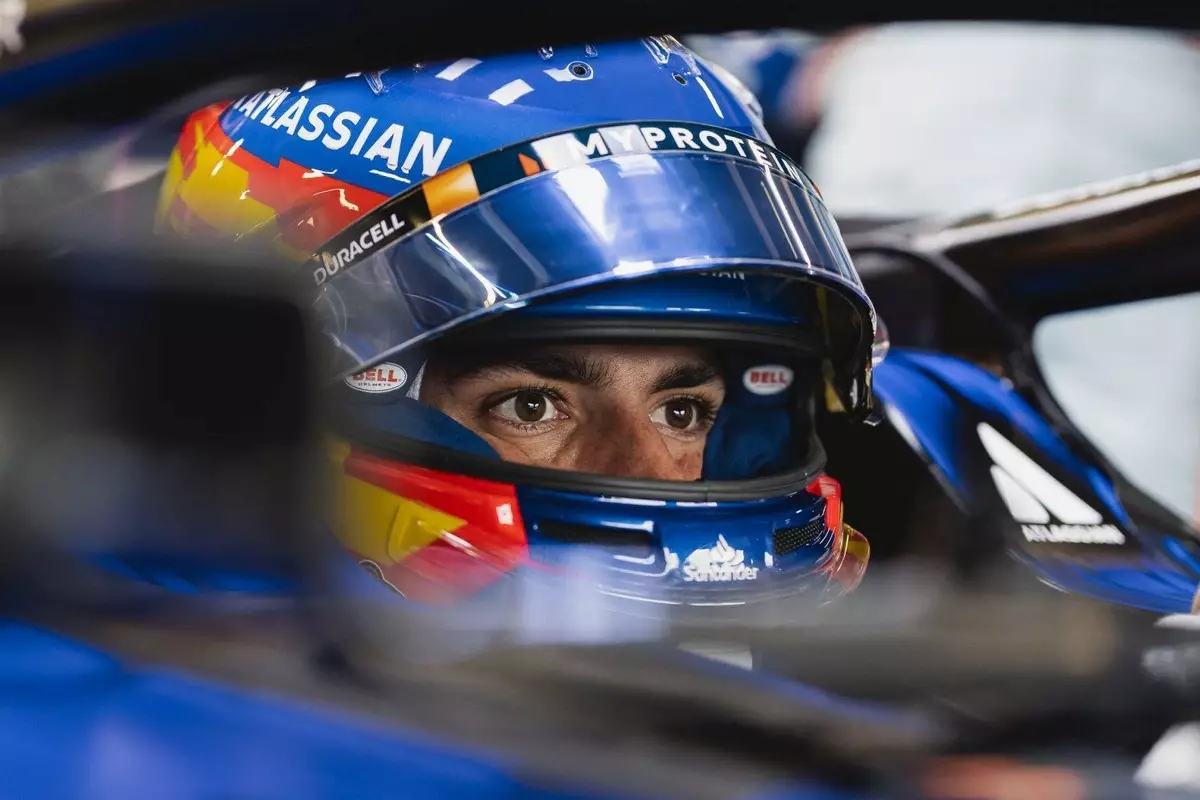Formula 1 is as much a battle of speed and strategy as it is a showcase of human emotion. In an arena defined by high-pressure situations and split-second decisions, the raw passion of drivers often adds to the excitement for fans. However, the FIA’s recent crackdown on swearing rolls back that emotional authenticity, with implications affecting both the drivers and the image of the sport.
Carlos Sainz, a driver well-versed in the realities of racing, has voiced concerns regarding the FIA’s stance, suggesting that their approach towards swearing is extendable and threatens to strip away the emotional component that defines Formula 1. He believes that such measures could dilute the sport’s character, mitigating the raw, unfiltered experiences that transcend the race track and connect with fans.
Last month, the FIA introduced stringent guidelines aimed at penalizing swearing in motorsports, which have been met with mixed reactions. The penalties, which range from substantial fines—up to €120,000—to potential race bans, leave little room for drivers to communicate candidly in the heat of the moment. The repercussions were made evident when WRC driver Adrien Fourmaux was fined €10,000 and hit with a suspended €20,000 fine for his candid declaration during a television interview.
Such harsh punitive measures have sparked a critical dialogue regarding emotional expression within the sport. For drivers, effective communication can often hinge on the use of candid language spurred by adrenaline. The FIA’s updates may foster a sanitized atmosphere, but they risk alienating fans who relish the unabashed honesty of driver exchanges during intense moments on the track.
While Sainz agrees that maintaining a level of professionalism during press conferences and public appearances is critical—especially when young fans are watching—he firmly believes that drivers should be permitted to express their genuine feelings during races, even if that means the occasional expletive. The nuance of this expectation raises questions about where the line should be drawn in creating an environment that allows for both decorum and emotional authenticity.
The call for restraint in media engagements must not extinguish the fire of the competitors inside their vehicles. Sainz posited that expressing passion through colorful language is an indispensable aspect of a driver’s experience—a rare glimpse into the tension and exhilaration of racing. The FIA’s attempts to control this, he argues, falls short of understanding the essence of the sport.
Racing is, fundamentally, a human endeavor. The language used within the cockpit, even if it includes a few expletives, often reflects the overwhelming emotions and high-stakes pressure that drivers endure. Sainz astutely pointed out the parallels between the racing world and sports like football, where players’ raw emotions often go uncensored. Should fans, therefore, expect less authenticity from Formula 1?
With FIA president Mohammed Ben Sulayem hinting at the possibility of further reducing access to real-time radio communications—effectively buffering the emotional exchanges between drivers and their teams—one must consider what would be lost in the pursuit of a polished, problem-free formula. There is a danger that if drivers are overly restrained in their communication, the narrative that drives interest in the sport could become flat and uninspiring.
As the FIA contemplates the balance between maintaining a dignified representation of motorsports while allowing drivers to be real, the sport risks altering its very fabric. Fans crave emotion, authenticity, and drama. Ensuring that drivers remain “well-spoken” does not necessitate the eradication of vibrant expression, particularly in moments that ride the edge of chaos.
Ultimately, while Sainz’s views echo the importance of professional conduct, they simultaneously underscore the significance of emotional freedom in motorsports. If the FIA does not navigate this delicate balance, it risks not only the character of Formula 1 but also the connection that exists between the drivers and their fans—an essential component in ensuring the sport’s continued relevance and excitement.


Leave a Reply